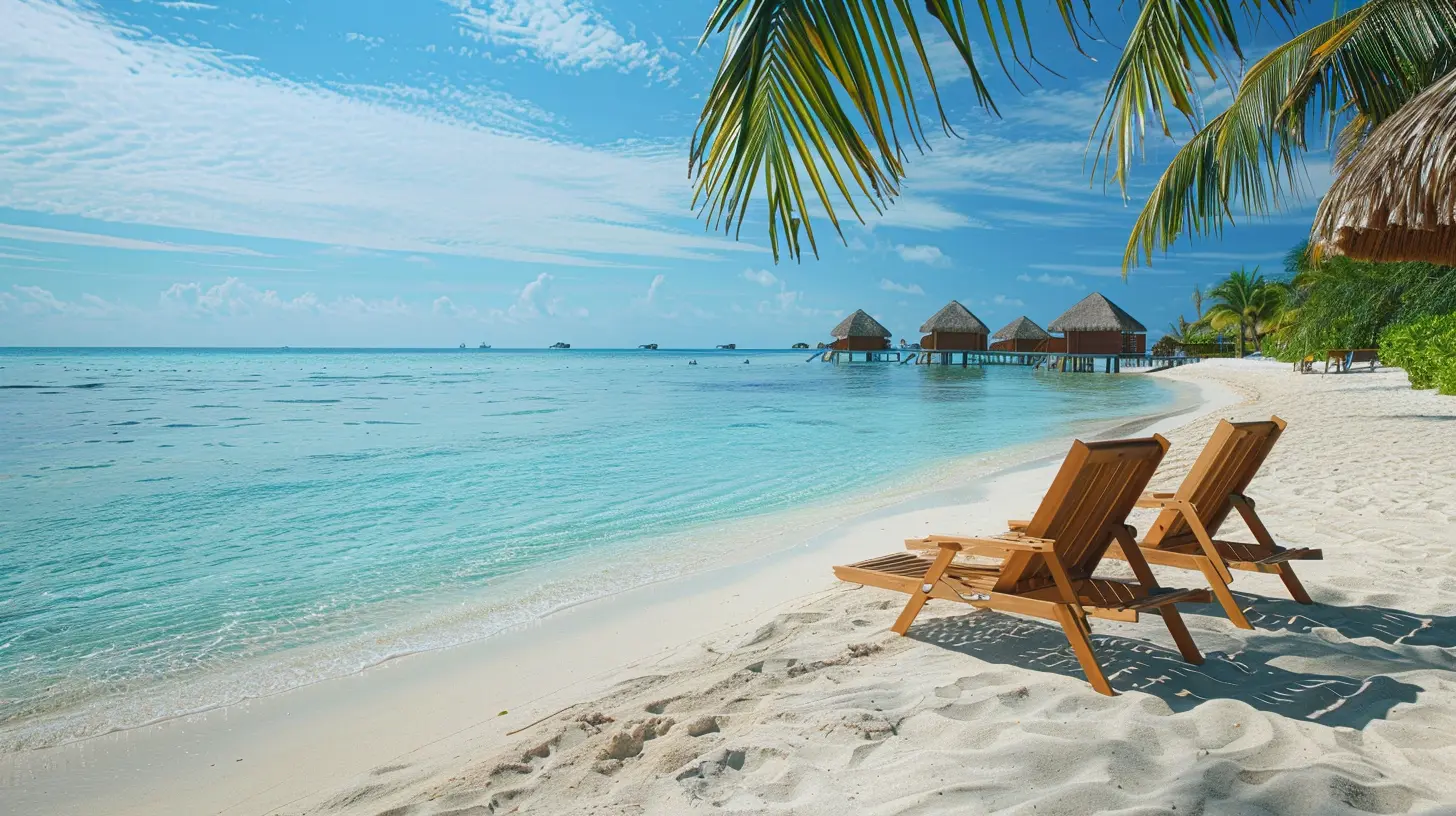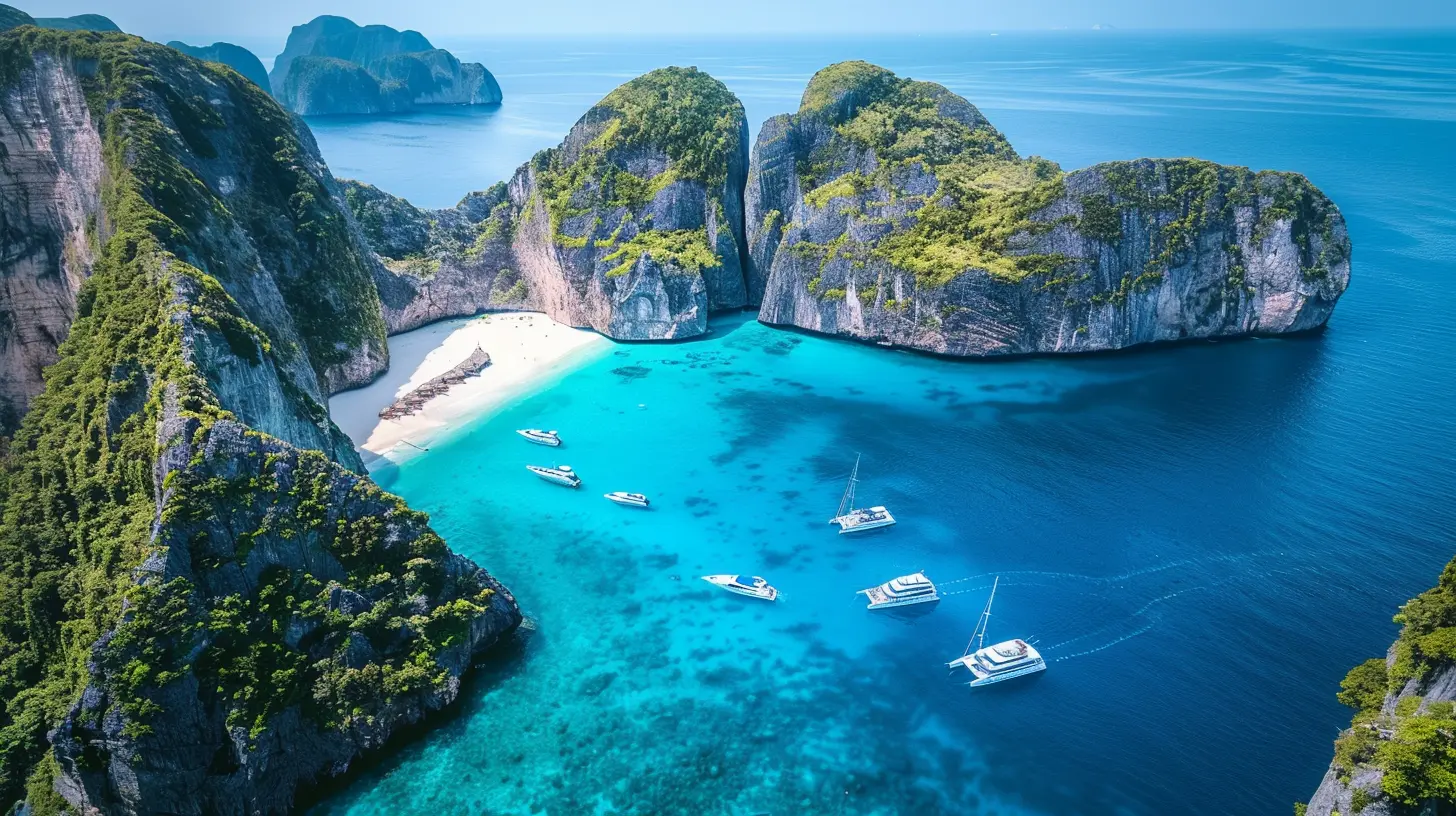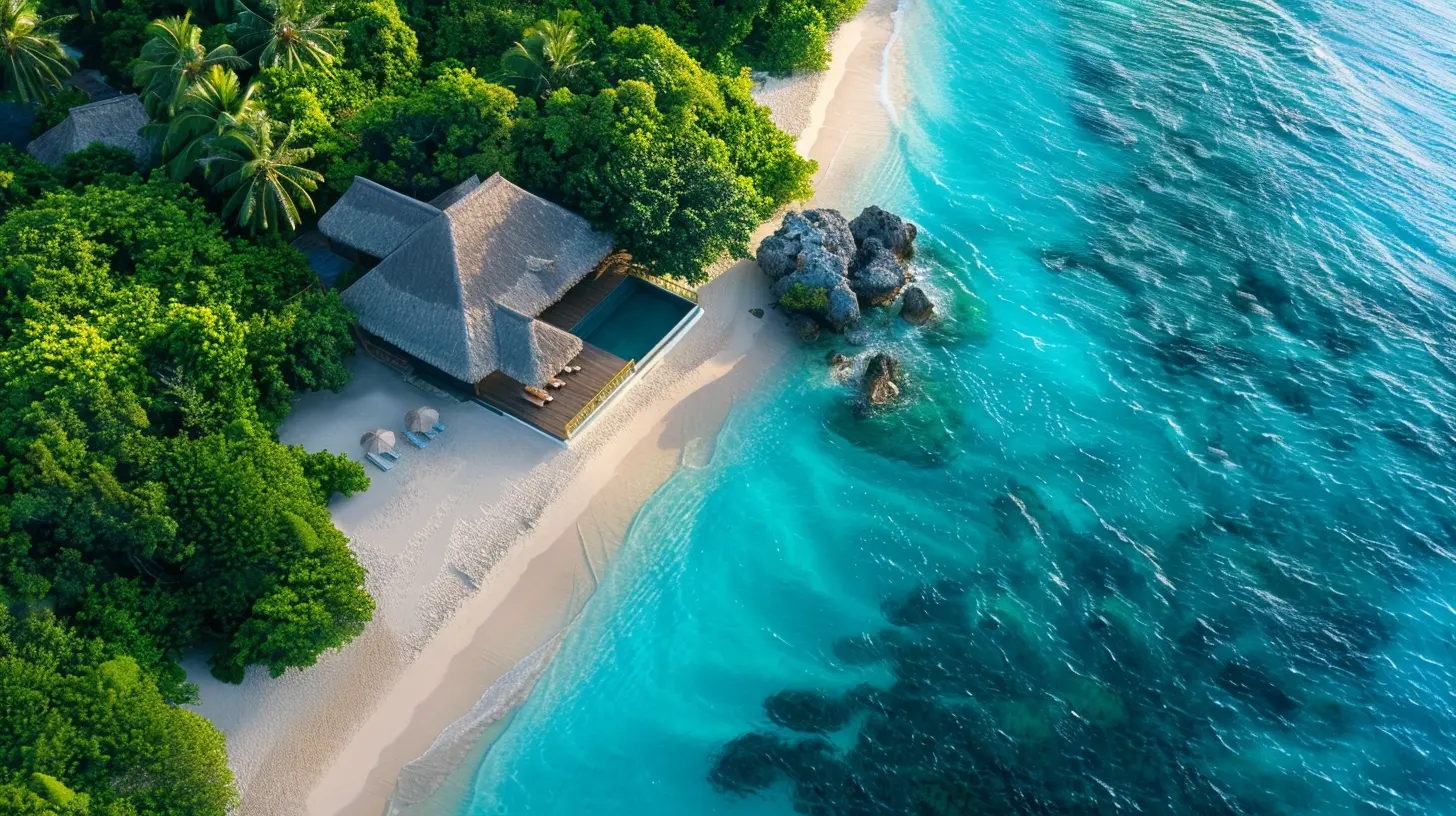Pro Travel Photography Tips for Dreamy Beach Escapes
15 August 2025
There’s something magical about beach photography. The golden sunsets, crystal-clear waters, and powdery sand create a paradise-like setting that begs to be captured. But taking jaw-dropping beach photos isn’t as simple as pointing and shooting. It takes skill, planning, and a little creativity to turn a basic snapshot into a masterpiece.
So, how do you get those Pinterest-worthy beach shots that transport you back to the salty breeze and warm sun? Let’s dive into the best pro travel photography tips for dreamy beach escapes! 
1. Timing is Everything – Chase the Best Light
One of the biggest secrets to taking incredible beach photos is understanding natural light. The beach is a bright, open space, which means the wrong lighting can easily lead to harsh shadows or overexposed shots.Golden Hour: Your Best Friend
The golden hour—shortly after sunrise and just before sunset—is a photographer’s holy grail. Why? Soft, warm light enhances skin tones, adds depth, and creates a dreamy atmosphere. The low angle of the sun also helps eliminate harsh shadows.Midday Sun: Handle with Care
Shooting at noon? Brace yourself for challenges. The overhead sun creates harsh shadows and blown-out highlights. If you must shoot, use a reflector or find some shade to soften the light.Blue Hour: For a Mysterious Vibe
Right before sunrise or after sunset, the blue hour casts a cool, moody glow. Perfect for silhouette shots or long-exposure magic!
2. Master Composition – Create Visual Balance
A well-composed image pulls the viewer into the scene. Here are some tricks to take your travel photography from average to breathtaking:Rule of Thirds – The Classic Formula
Imagine your frame divided into nine equal parts by two horizontal and two vertical lines. Place your subject at the intersections to create a balanced, eye-pleasing shot.Leading Lines – Guide the Eye
Use natural elements like shorelines, waves, or even footprints in the sand to lead the viewer’s eye toward the main subject.Frame Within a Frame – Add Depth
Look for natural frames like palm trees, rock formations, or even a beach cabana to enclose your subject. This technique adds dimension and storytelling to your shots.
3. Capture Movement – Bring the Scene to Life
Beach photography isn’t just about static landscapes. Capturing movement creates energy and emotion in your photos:- Waves crashing against the shore – Use a fast shutter speed (1/1000s or higher) to freeze action.
- Flowing water effect – Slow the shutter (1/10s - 1/30s) for a smooth, dreamy motion blur.
- People playing in the water – Shooting at around 1/500s helps freeze dynamic moments.
Want cinematic vibes? Experiment with panning—where you follow a moving subject while using a slightly slower shutter speed (1/30s - 1/60s)—to create a beautifully blurred background. 
4. Nail the Perfect Colors – Edit Like a Pro
Ever noticed how beach photos on Instagram have that vibrant, dreamy punch? That’s not just the camera—it’s post-processing magic.Shoot in RAW
RAW files contain much more detail than JPEGs, giving you greater flexibility in editing.Adjust White Balance
Beaches can trick your camera’s auto white balance. If your photos look too warm or too cool, tweak the white balance to enhance natural tones.Boost Saturation (But Keep It Natural!)
Increase vibrancy slightly to make blues pop while keeping skin tones natural. Avoid overdoing it—you don’t want your beach to look radioactive!Use Presets for a Signature Look
Create a consistent aesthetic by using Lightroom presets or fine-tuning your own settings.5. Use the Right Gear – Travel Light but Smart
You don’t need a suitcase full of gear to capture stunning beach photos. Here’s what really matters:Camera Body & Lens
- DSLR/Mirrorless – Great for professional-quality shots.- Smartphone Cameras – Flagship phones (like iPhones or Samsungs) now produce incredible results!
- Wide-Angle Lens – Essential for capturing vast landscapes.
- Prime Lens (50mm f/1.8 or 85mm f/1.8) – Perfect for dreamy portraits with beautiful background blur.
Filters for a Pro Look
- Polarizing Filter – Reduces glare and makes skies & water look richer.- ND Filter – Helps control exposure for long-exposure shots.
Tripod for Stability
Great for sunset shots, low-light photography, and creative long exposures.6. Work With the Elements – Embrace Beach Imperfections
The beach environment can be unpredictable. Wind, sand, and waves can all create challenges, but they also offer opportunities:Wind-Blown Hair? Go with It!
Let the wind add a natural, free-spirited touch to your portraits. Messy hair can create effortless beauty!Water Reflections – Use Them Wisely
Capture the sky’s reflection in shallow tide pools for a mirror-like effect.Silhouettes at Sunset
Underexpose your shot slightly to create bold, striking silhouettes against a colorful sky.Sand Textures – Perfect for Macro Shots
Get up close and capture the fine details of shells, footprints, or rippling patterns in the sand.7. Experiment with Creative Angles
Don’t just shoot from eye level—change your perspective to add interest to your photos!- Low Angles – Make crashing waves look more dramatic.
- Overhead Shots – Perfect for flat lays of tropical drinks or beach accessories.
- Drone Photography – If you have a drone, aerial shots will give you breathtaking perspectives of the coastline.
8. Storytelling – Make Your Photos Emotionally Engaging
A beautiful photo is great. A photo that tells a story is even better.Consider capturing moments of connection:
- A child running toward the waves
- A couple holding hands under a beach umbrella
- A surfer preparing to ride the next wave
Adding human elements brings relatability and depth to your beach photos.
9. Keep Your Gear Safe – The Beach is Brutal on Cameras
Sand, saltwater, and humidity are your camera’s worst enemies! Here’s how to protect your gear:- Ziplock or Dry Bags – Shields your camera from moisture and sand.
- Lens Hoods & UV Filters – Helps keep lenses safe from tiny scratches.
- Clean Your Gear After Every Beach Shoot – Wipe with a microfiber cloth to remove salt residue.
10. Be Patient – Photography is About the Right Moment
Great photography isn’t just about settings and gear—it’s also about timing and patience. Sometimes, the perfect wave, light, or moment takes a little waiting. But when it does happen, it’s magical.Final Thoughts
Beach photography is an art—one that blends technique, creativity, and a dash of spontaneity. Whether you're capturing an idyllic sunset, the gentle motion of waves, or the unforgettable joy of a beach day, these pro tips will level up your travel photography game.So, next time you find yourself on a dreamy beach escape, grab your camera, experiment with angles, embrace the natural elements, and capture moments that transport you back to paradise!
all images in this post were generated using AI tools
Category:
Travel PhotographyAuthor:

Pierre McKinney
Discussion
rate this article
1 comments
Dash McFarlane
Discover the hidden secrets behind capturing ethereal beach moments. Each wave whispers a story; each sunset holds a mystery waiting to unfold. Are you ready to unveil them?
August 18, 2025 at 3:06 AM

Pierre McKinney
Absolutely! Embrace the magic of the beach by capturing the stories in each wave and the mysteries in every sunset. Ready to dive in?


